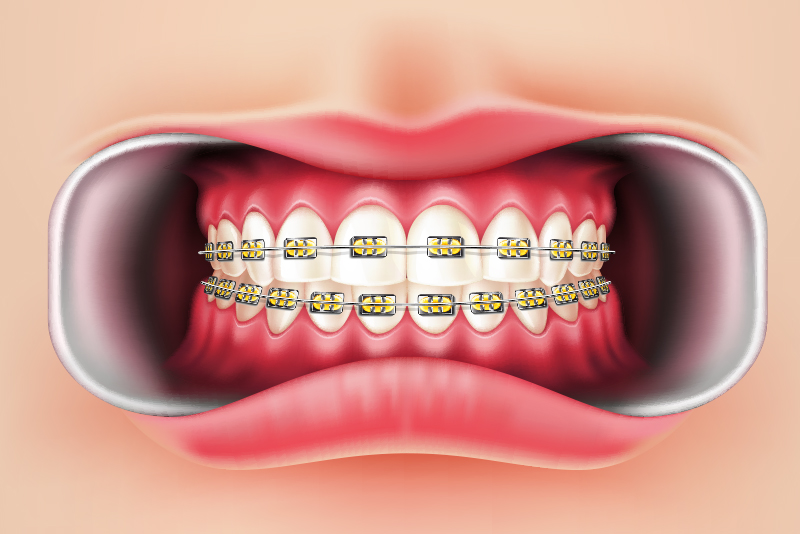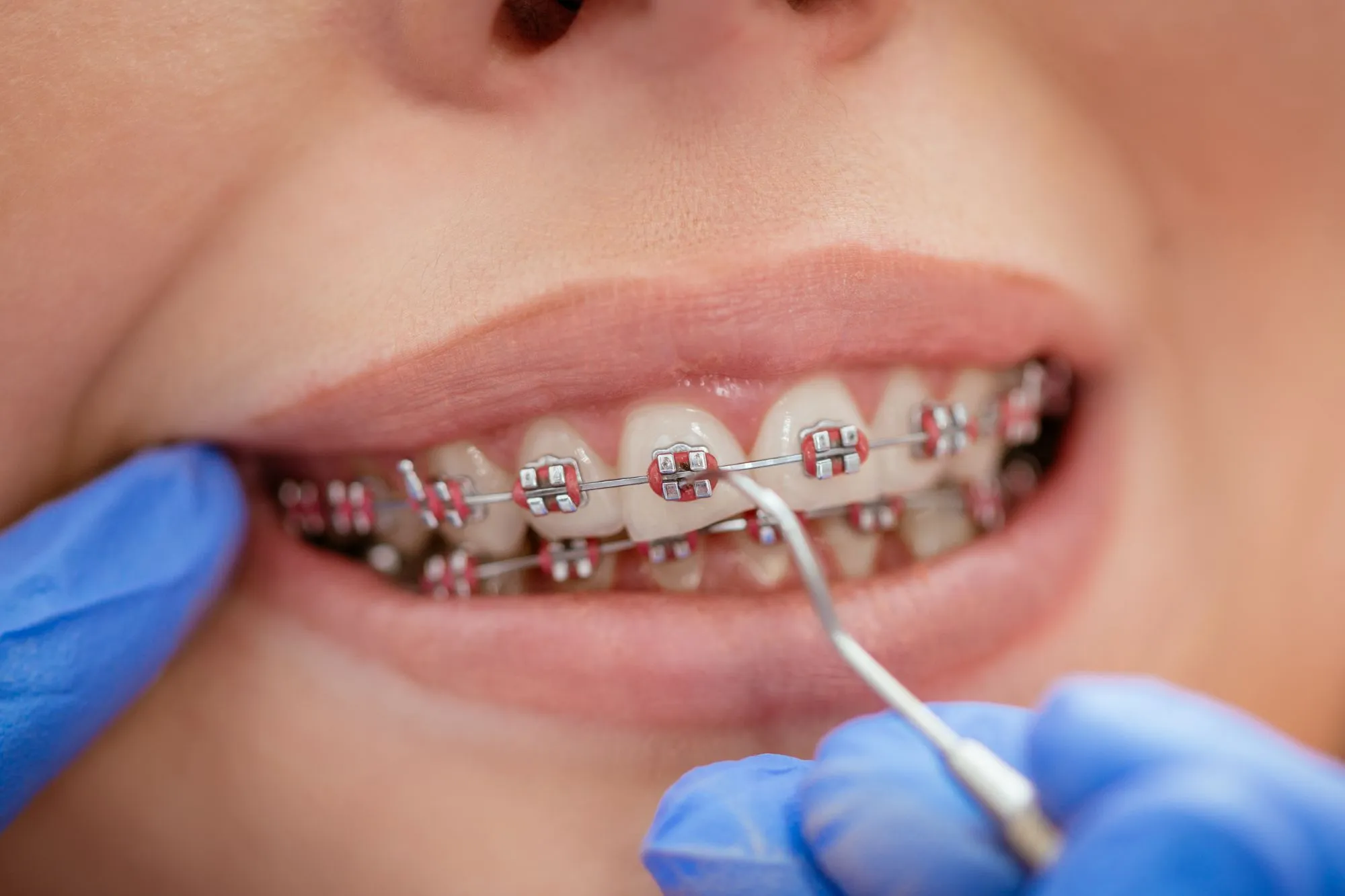
Curious if your dental insurance covers braces or aligners? You’re not alone—orthodontic care can be confusing.
This guide breaks down what orthodontics coverage really means, how it works with insurance, and what to check for so you get the care you need without surprises.
Orthodontics coverage helps pay for treatments like braces and Invisalign. It varies by plan but often includes partial coverage for children and sometimes adults, depending on medical necessity.

Orthodontic coverage refers to a specific benefit provided by dental insurance that helps cover the cost of orthodontic treatments, most commonly braces.
Orthodontic treatments are used to correct misaligned teeth and jaw issues, improving both the function and appearance of the teeth.
Not all dental insurance plans include orthodontics coverage, and the extent of coverage can differ depending on the type of plan.
In general, this type of coverage can be essential for individuals requiring braces, aligners, or other orthodontic procedures.
Types of Orthodontic Coverage
1. Full Coverage
Some dental insurance plans offer full orthodontic coverage, which means the plan will pay for the entirety of the orthodontic treatment, up to a certain limit.
2. Partial Coverage
More commonly, dental plans provide partial coverage, covering a percentage of the orthodontic treatment cost. Typically, this is around 50%, but the exact amount can vary.
3. Lifetime Maximum
Many insurance plans have a lifetime maximum for orthodontic coverage, meaning they will only pay a set amount throughout the duration of the patient’s lifetime.
This is often the case with plans that include coverage for children’s braces.
Orthodontic coverage often includes a range of treatments designed to straighten teeth and correct bite issues. Here’s a breakdown of what may be covered:
1. Braces
Traditional metal braces are the most common form of orthodontic treatment.
Many insurance plans help cover part of the cost of braces for both children and adults, but the exact amount depends on the policy. For those curious about how much are braces without insurance, it’s important to understand the difference in out-of-pocket expenses.
2. Types of Braces Covered:
While traditional metal braces are almost always covered, many plans may also cover other types of braces, such as ceramic or clear aligners, although these may require additional documentation or higher out-of-pocket costs.
3. Clear Aligners
Clear aligners, such as Invisalign, are becoming increasingly popular for those who want a more discreet way to straighten their teeth.
These aligners are typically covered under orthodontic coverage, though some plans may have restrictions or higher out-of-pocket costs compared to traditional braces.
4. Retainers
Retainers are often a part of orthodontic treatment, especially after braces are removed.
Many insurance plans cover retainers as part of the overall orthodontic treatment cost, but coverage can vary.
5. X-rays and Consultations
Orthodontic coverage may also include costs for initial consultations, follow-up visits, and any necessary X-rays to assess the alignment of the teeth and jaw.
These diagnostic tools are essential for creating a treatment plan, and insurance typically covers part of the cost.
Orthodontic coverage is usually part of a dental insurance policy but may have specific restrictions and limitations.
The way orthodontic coverage works can vary depending on your insurer and plan, so it’s important to understand the details of your coverage.
Age Limits
In many cases, orthodontic coverage is available primarily for children under the age of 18.
However, some plans offer coverage for adults as well, especially if the treatment is medically necessary.
If you’re an adult seeking orthodontic care, be sure to check with your insurance provider to see if they offer coverage for adults.
Waiting Periods
Many dental insurance policies have waiting periods before orthodontic benefits kick in.
This means you may need to wait a certain number of months or years after enrolling in the insurance plan before you can begin receiving benefits for orthodontic treatments.
Be sure to check with your insurer to see if a waiting period applies.
Deductibles and Co-pays
Even with orthodontic coverage, you will likely need to pay some portion of the treatment cost.
This may include deductibles, co-pays, or coinsurance. Depending on your plan, these out-of-pocket expenses can add up quickly. It’s essential to understand your plan’s details before starting treatment so you know what to expect.

While orthodontic coverage is more common for children, many insurance plans offer coverage for adults as well.
However, coverage for adult orthodontics can be more limited, and it’s often more expensive than coverage for children.
Some plans may only cover orthodontic treatment if it is deemed medically necessary, such as for cases involving severe bite issues or jaw problems.
If you're an adult considering braces or aligners, it’s important to contact your insurance provider to discuss coverage options.
Some insurance policies may also offer adult-specific orthodontic plans or higher lifetime maximums for those seeking treatment later in life.
Many dental insurance plans offer orthodontic coverage, but the extent of this coverage varies. Typically, coverage is available for children but may also be offered for adults depending on the policy.
The cost of orthodontic treatment with insurance can vary based on your plan and the type of treatment. Typically, insurance will cover 50% of the cost, but this amount can differ by provider.
Yes, some dental insurance plans offer orthodontic coverage for adults, although it may be more limited or costly. Contact your insurance provider to find out the specific details for adult coverage.
Orthodontic coverage is an essential benefit to consider when planning for dental treatments.
Whether you're seeking braces for yourself or your child, understanding how orthodontic coverage works, the costs involved, and the best options for your situation is crucial.
While many insurance plans cover a portion of orthodontic care, it’s important to review the specifics of your policy, including age restrictions, waiting periods, and potential out-of-pocket expenses.
By understanding these details, you can make a well-informed decision and take the necessary steps toward achieving a healthier, more confident smile.